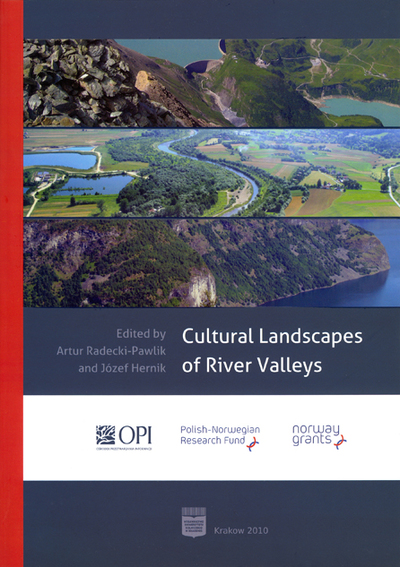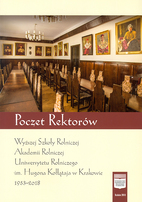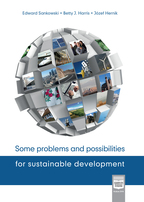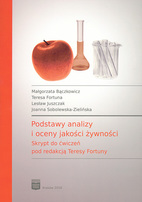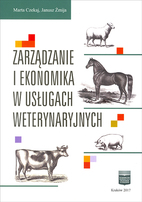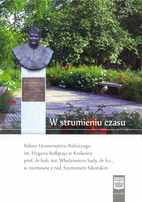wyd. 1, 2010, 260 s.
format B5, oprawa miękka
ISBN 978-83-60633-42-7
River valleys are subject to increasingly rapid change both from natural processes and human impacts, including climate change. Never before has the pressure on our river corridors been so intense. The cultural use of floodplains and rivers is in a state of flux and at the same time rivers are being managed to provide flood protection, for example, to burgeoning urban areas, whilst an effort is being made to preserve the functionality of their ecosystem services. In this volume, practitioners who understand cultural values have come together with applied river managers to provide the first signpost towards a synthetic and holistic approach that might in time blend the understanding of natural and cultural processes into management tools.
Prof. Paul A. Carling, University of Southampton, UK
Mountains and highlands would not be habitable without rivers. Thanks to rivers and their valleys, a long human presence and a refined human exploitation of the myriad niches of mountain ecology have turned some of the most rugged terrain into the most precious cultural landscapes. Since the symbiosis of man and nature has very specific features here, and is subjected to very specific risks, the issues of preservation and sustainable use take on different colors, and their study requires new combinations of methods, topics and disciplines. This book offers intriguing and most useful forays into the knowledge of landscape that has to inform any grounded decision on the future of mountain and highland river valleys.
Prof. Kristof Van Assche, Minnesota State Universities – St. Cloud State, USA
River landscapes are valuable habitats and ecosystems fulfilling a large number of services, such as providing water and energy, regulating the climate, fertilizing soils, and delivering spiritual and recreational benefits to humans. River landscapes thus often have to endure high population densities and to sustain immense transport flows but they also threaten their inhabitants and visitors with environmental risks. How and to what end should rivers be managed and their often traditionally rich cultural landscapes be protected? This book explains many facets of these questions.
Dr. Oliver Bender, Austrian Academy of Science in Innsbruck, Austria


